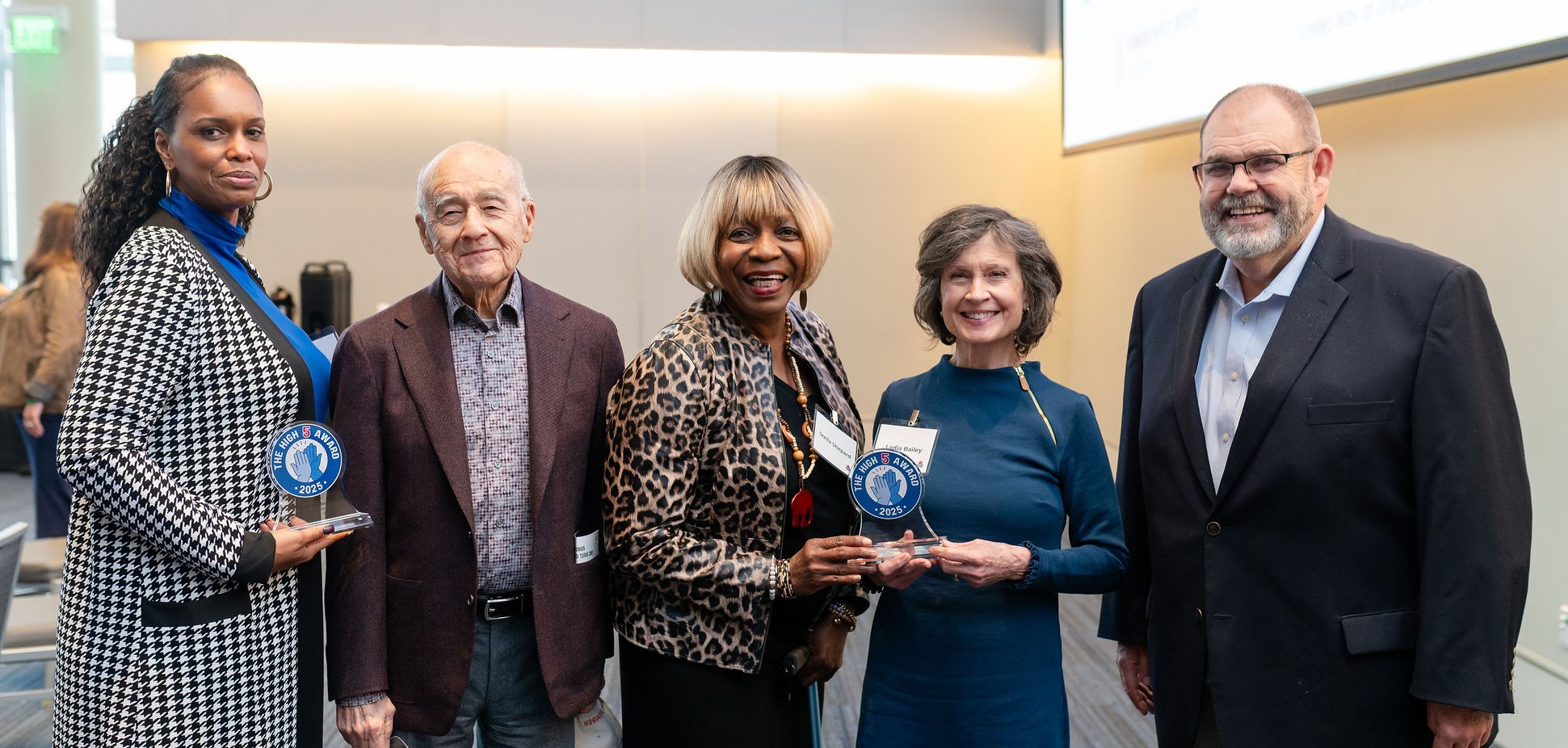Nearly 1.2 million Ohioans were not at work for reasons directly related to the novel coronavirus, according to the latest data released by the U.S. Census Bureau.
Between June 25-30 shows that nearly 4 million Ohioans did not work for either pay or profit at all over the previous seven days.
Data collected by the Census Bureau[i] between June 25-30 shows that nearly 4 million Ohioans did not work for either pay or profit at all over the previous seven days. A large number, about two-fifths of the total, are retired. Around 30 percent of Ohio adults attributed their lack of work directly to COVID-19. This includes people who were sick with coronavirus symptoms, worried about getting or spreading the virus, and those who had been laid off or furloughed by their employer due to the pandemic. Nearly 375,000 Ohioans age 18 and older said that their main reason for not working was taking care of someone else, either an elderly person or children not in school or daycare. It’s unclear from the data how many of these individuals were stay-at-home parents or caregivers prior to the pandemic. Only around 5 percent said that they did not want to be employed at this time.

The number of Ohioans who didn’t work during the last week in June according to the census is more than double the 479,244 continued and new unemployment claims reported by the U.S. Department of Labor for that week. That’s because census data counts “not working” differently than the official requirements to be eligible for unemployment assistance. About 419,000 non-working Ohioans were still technically employed because they received partial pay, took paid time off, or received full pay without having to use paid leave. And people who choose safety over their job are considered to have left work “voluntarily,” so are not eligible for unemployment assistance.
With so many Ohioans not at work and COVID-19 cases rising, the public health emergency is far from over
With so many Ohioans not at work and COVID-19 cases rising, the public health emergency is far from over. When people don’t work, their family finances, our economy, and state tax collections all take a hit. The urgent need for help remains.
Increasing the amount of money the federal government pays to state governments through the Medicaid program via the Federal Medical Assistance Percentage (FMAP) was an effective economic stimulus during the Great Recession. It is even more important during this public health crisis, as it would allow Ohio to handle increasing Medicaid caseloads without cuts to services or eligibility. Federal food assistance programs, including Supplemental Nutrition Assistance Program (SNAP) emergency allotments and Pandemic EBT, are helping families keep food on the table right now. The programs are also keeping dollars circulating through our local economies, but more is needed. Unemployment is projected to be in the double digits for the rest of the year, yet key provisions of the CARES Act, like the additional $600 unemployment benefit, are set to expire at the end of the month. Congress must take urgent action to provide fiscal assistance to hard-hit states like Ohio, and emergency assistance for working families who have been sidelined from the economy due to the pandemic.
[i] The U.S. Census Bureau and other federal agencies are conducting a weekly survey to collect information about conditions facing Americans during COVID-19. New state data from the 2020 COVID-19 Household Pulse Survey is released weekly. While the data is “experimental,” and should be interpreted with caution and considered estimates, it gives us an unprecedented glimpse into how the current emergency is impacting those in Ohio and across the country.








